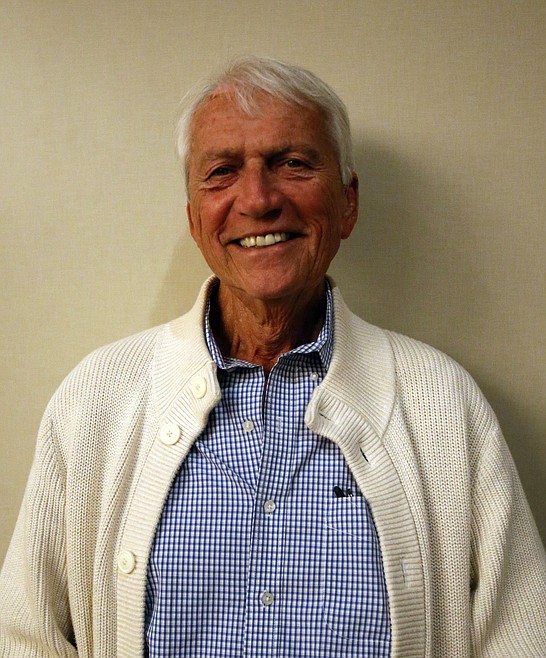MY TURN: Housing crisis remains
We all have memories of how things used to be. Sometimes those memories are distorted by the passage of time and appear significantly different today. Kootenai County in 1980 had a significantly smaller population and more people have wanted to share in it. That has continued to the current time. The problem is the pie is only so large. Too many of us want a bigger piece than we are entitled to. If our community is to be economically viable and provide housing for all the people who will be here, we need to start sharing the pie. Groups such as Kootenai Connect are an essential part because it’s focus is regional. We all need that wider focus as well. We can achieve that by electing knowledgeable leaders and keeping the good ones we have. We must support leaders who offer hope and solutions not people who offer only blame.
Rent and home prices are extremely high and housing affordability has reached new lows. A severe housing shortage is the main culprit for steep housing costs. The U.S. needs anywhere between an estimated 1.5 million and 5.5 million homes. Kootenai County alone is lacking over 2,000 units. Basic economics explains if the supply is low and the demand is high, prices will rise. Building more houses, apartments and certainly Accessory Dwelling Units will help.
If people are migrating here, more housing is needed, or prices will continue to rise as supplies diminish. Phrases like “Save the Prairie,” “not in my back yard” deserve proper consideration. We all must recognize that the population growth in this area is driven by its beauty and desirability. Continuing growth should be expected but addressing growth can not mean “no growth.” We need to increase housing units in an intelligent manner increasing density, housing types and preserving open space. Housing policy is largely in the hands of local and state governments, but there are ways for the federal government to assist. Encouraging more homebuilding and lower housing costs, including subsidizing rents, homeownership and development can help lower costs. In a state like Idaho, government intervening may be viewed as anathema but we need to get real. The solution to our housing problems requires understanding the enormity of the issue, recognizing the need for public sector intervention to address it and not simply politicizing it.
In May, the Federal government unveiled a "Housing Supply Action Plan," which includes efforts to incentivize denser development and more affordable housing construction. The two main strategies are, incentivizing local governments to eliminate exclusionary zoning, which often focuses on building primarily single-family homes. Cities and towns that reform their land-use regulations to make it legal to build denser, more affordable housing receive priority on their applications for certain federal grants. Second the federal infrastructure legislation encourages affordable housing along public transit routes.
Each of these options increases the amount of housing and necessitates action by various public sector agencies. Some may oppose these efforts, but more affordable development should result. Intelligent, careful planing does not mean over development as the old song goes “little boxes made of ticky-tacky and they all look the same.”
Rising home prices and strong demand from boomers meant many millennials had been squeezed out of the homebuyer's market. Just 28% of home buyers in 2022 were millennials — a sharp decrease from 43% in the previous year. Our problem is not only housing costs, but also the generational implications. Perhaps unsurprisingly, nearly 78% of homes owned free and clear in 2021 were people aged 55 and older and boomers aged 58 to 76 were leading the way in selling and buying homes. In 2022, 52% of home sellers were boomers. They were also the biggest buyers of homes, snapping up 39% of all homes in 2022.
We have a housing crisis and affordable housing may be nearly nonexistent. What can we do to address this dilemma? Certainly, groups such as Kootenai Connect, the Panhandle Affordable Housing Alliance and others are trying. These are public/private sector type groups with limited funding and staff to fix the problem. Cost of housing is not created by government or specific elected leaders. This is a nationwide issue and has been for many years.
Now, in election season as usual, candidates use blame as a justification for seeking office, but offer no solutions. These problems are not unique to Kootenai County or Idaho. Blaming growth on elected officials or area-wide comprehensive plans is fantasy at best. Those who complain may be motivated by self-interest, misguided beliefs or a misplaced concept of community. More housing with more options and more density traded for greater open space being “dedicated” can help maintain a quality, affordable lifestyle. Hindsight, insight and foresight should be the qualities we demand of our leaders.
• • •
Phil Ward, AICP, is a Coeur d’Alene resident.

